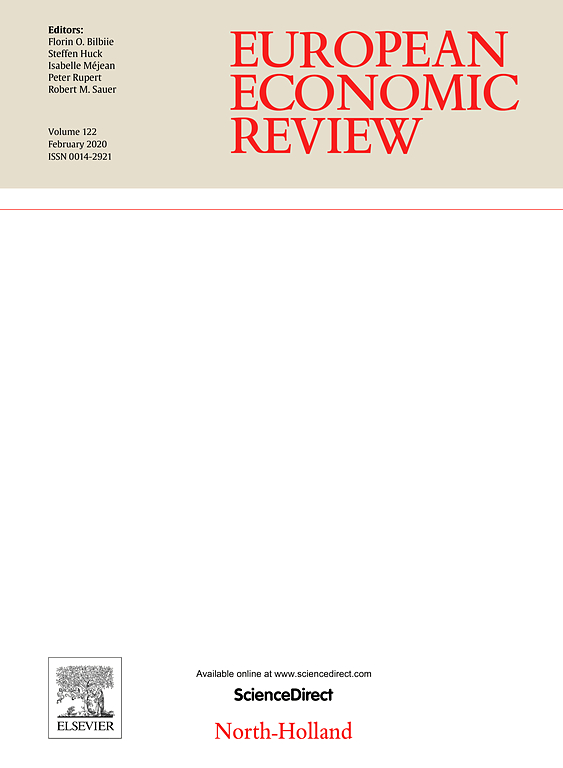
European Economic Review: “Carbon Pricing”
Hepburn, C. Stern, N. and Stiglitz, J. E. “Carbon pricing”, European Economic Review, 127, 103440, 2020.
The 2015 Paris Agreement on Climate Change1 set an international target to hold average global surface temperature increases (relative to the late 19th century) to well below 2 °C. Stabilising temperature requires long-lived greenhouse gas emissions to be net zero (UNFCCC, 2015). The IPCC (2018) report clarified that net zero around or before 2050 is necessary to limit average temperature increases to 1.5 °C, and around 2070 for 2 °C. The report provided strong arguments that temperatures above 1.5 °C should be viewed as dangerous. The UK government committed in law in June 2019 to achieving net zero emissions by 2050, and the European Council committed to net zero by 2050 at its summit in December 2019.
However, 2050 is within the potential lifespan of much of the existing fossil fuel infrastructure (Pfeiffer et al., 2018, 2016; Tong et al., 2019). To meet the 1.5 °C target, all investment from now on, replacements and new, should be consistent with net zero by 2050. Infrastructure is of special importance since such a large fraction of emissions are driven by or associated with infrastructure choices (perhaps around 70% according to the estimate of New Climate Economy (2016)). More broadly, a major economic and structural transformation is necessary—involving every aspect of our economy and society, from where we live and how we produce; from what we consume to how we go from one place to another. It is much broader than how we produce energy and how much energy we use. And there is real urgency in making this happen.